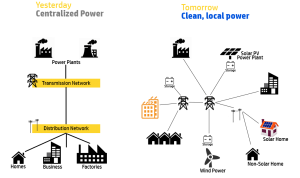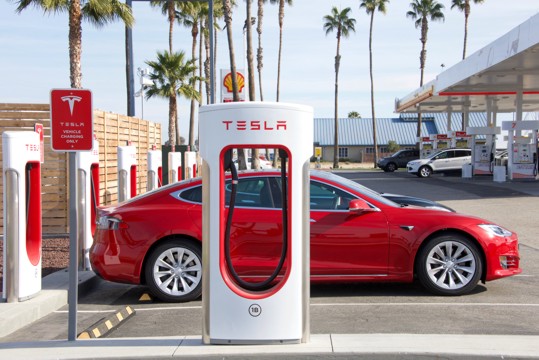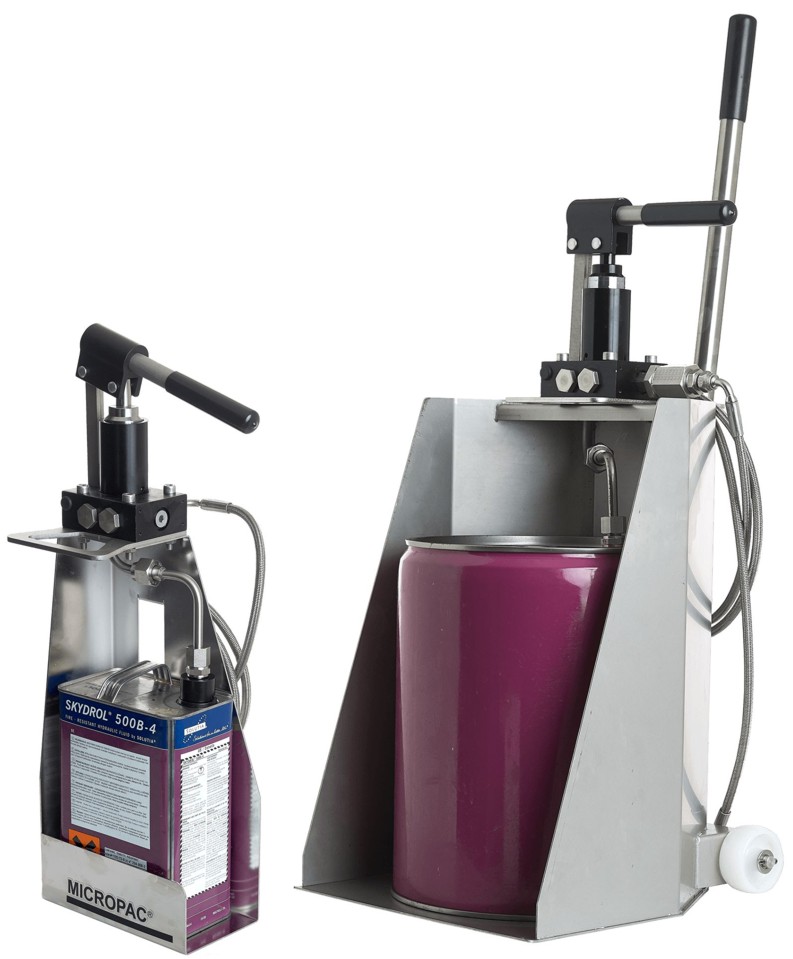Thomas Edison electricity and the prolific inventor’s vision of how Distributed Power would rule the world, is more relevant today than ever. Harvesting your own power is already happening and with Distributed Generation considered by pundits a $100 billion opportunity – is a world without a grid the future for some or for all?
Distributed Generation – power produced by lots of small generating plants including homes and businesses using solar panels, IC engines, gas turbine gensets and small wind turbines – is a force to be reckoned in power generation. According to GE, distributed power will grow 40% faster than global electricity demand between now and 2020. Consider too, a decentralised generation, which experts estimate could save $5 trillion in capital investment, reduce power costs by 40% and cut greenhouse gas emissions in half. The Thomas Edison electricity dream of local power is making serious waves, after nearly 150 years.
The prolific inventor and electrical pioneer built his first Power Station at Pearl Street in Manhattan in 1882 to supply 400 local customers. His vision was for power to be generated locally. His rival George Westinghouse soon developed competing power stations generating AC power and feeding it into a grid covering massive areas and numbers of consumers. The AC high voltage Grid was the technology that won the day. The model has served us well. Generating lots of power “centrally” provides economies of scale of generation. Amory Lovins in the 1970’s highlighted battles between “hard” technologies – such as nuclear and coal – and the “soft” path – including solar and efficiency. Yet today’s emerging contest is between a centralised approach – complete with large power plants (be they wind, nuclear, or whatever) and their long-distance transmission lines – and one favouring distributed generators. In the last decade, we’ve seen outstanding progress in renewable energy technologies. Now the talk has shifted to Distributed Power and what that means, whether that’s “personal power” and “energy independence” in a bid to overthrow the government led centralised monopolies. The Thomas Edison electricity vision is back.
Distributed Power is also bad news for traditional utilities. Utility companies prefer a smaller number of capital-intensive power plants, a highly structured grid and predictable demand that guarantee a steady return on big investment. The same is true in the developing world. Big investments in power generation are attractive flagship projects, bringing massive capacity to make a real change to third world lives – imagine the positive impact of a hydroelectric plant in an impoverished over-populated region.
A world with lots more local power generation plants is a step closer to Distributed Power Generation as the central power model fragments. Indeed, the crossover to Distributed Power Generation is already under way in many economies. Massive dirty coal fired stations are declining (in the UK, they will close by 2025) and gas power stations, which are widely used can be inherently smaller and lend themselves to local combined heat and power (CHP) sources. In hot climates, combined cooling, heat and power (CCHP) units can fight the massive cost of running air conditioning. These combined units are incredibly successful, as neighbourhoods or even towns can get their heating or even cooling from waste energy produced by this sort of plant. According to the Oak Ridge National Laboratory, combined heat and power (CHP) projects alone provide 12% of U.S. electricity, more than the output of all the wind, solar, biomass, and geothermal resources combined. By 2020, according to the lab’s researchers, CHP and CCHP power could equal the output of all nuclear reactors, spur more than $200 billion in new private investment in the U.S. and create up to 1 million jobs.
One of the world’s leading developer of low cost, next generation fuel cell technology, the UK’s Ceres Power dreams of individual homes, workplaces or groups of people using their clever fuel cells to convert gas into power and heat with incredible efficiency. Miniature gas turbine generator sets can also meet the need with a similar high-energy efficiency. As development continues, mass-market reach becomes more of a reality.
Look at renewables and a more fragmented Distributed Generation model emerges, where installations in theory, provide enough power for their own needs and feed excess back into the grid at a profit. But the downside is that you are only generating power when the sun shines, tides flows or the wind blows – so devoid of certainty unlike, nuclear or gas. Storage of power is another headache – not cheap or easy (yet). With forecasts for renewables providing an impressive 25% of global generating capacity by 2020, there is still a need for lots of gas and nuclear generating capacity to provide a solid and dependable base. The traditional utility model it seems still has life in it for now.
Now imagine a Mad Max world, where almost everybody self-harvests power? A world littered with mini-home installations and small solar farms, local CHP installations, windmills and even smaller tidal turbines like the innovative PLAT-O tidal turbines that are mobile and not mega installations. In the U.S., the corporation Solar City has provided a massive 250,000 domestic solar installations, providing power for individual homes with the excess fed into the grid. The development of cost effective batteries for domestic installations is the next big push for Solar City and its worldwide contemporaries, especially those in sunny climes. Backed by Elon Musk, Solar City is making a difference in the energy market.
A world with no grid is hard to imagine because industry needs reliable power, so a grid surely is god-given. Inevitably there is a relaxed attitude to self-harvesting power, come rain or shine so power generation needs a very different business model to cope with fluctuating demand. Smaller generating stations would have to tip the balance and keep the grid topped up. With world battery development progressing and Elon Musk’s Battery Gigafactory in Nevada reaching full power in 2020, this could change the game on storage of power in the home. So where will this lead us?
Renewables development is well and truly a part of a new Distributed Generation model down at a residential level. With plummeting cost of rooftop solar PV panels and massively more efficient wind turbines, it isn’t just the original environmentalists who can see the future. Big business and Governments can as well. If the end game is people generating and storing their own power at home, feeding “spare” power back into a grid, and having access to an external supply when they need it, this model is going to happen around the world. It is massive.
Thomas Edison’s vision is more relevant now than ever before. Technology just needs to catch up with a truly innovative Engineer – and a legacy that continues to affect future generations worldwide.
Additional Information:
http://www.dg.history.vt.edu/Introduction to Distributed Generation for basics
http://www.cerespower.com/ for world leading fuel cell chp technology
https://www.ge.com/Distributed Power.pdf General Electric (GE) take this seriously
http://instituteforenergyresearch.org/electricity-distribution/ Edison’s part in electricity distribution.
https://en.wikipedia.org/wiki/Pearl_Street_Station Edison’s first power station.







[…] Source: Sarum Hydraulics […]
Thanks for a great article. Love it!